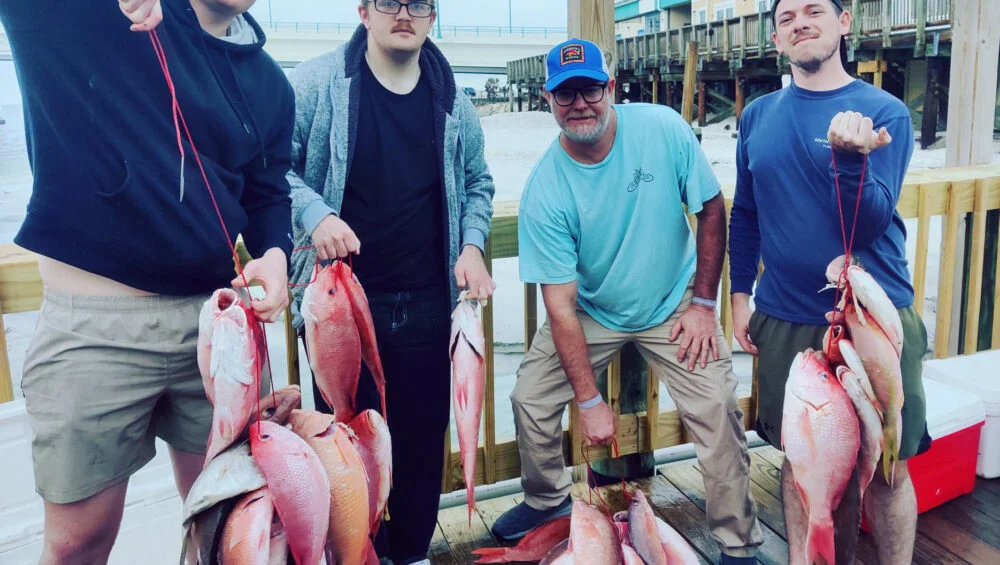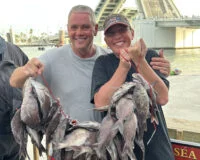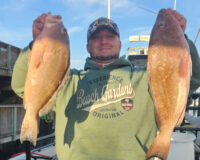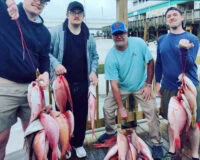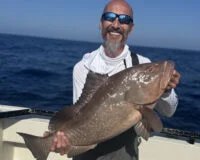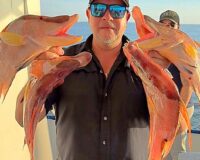Inshore Fishing Report
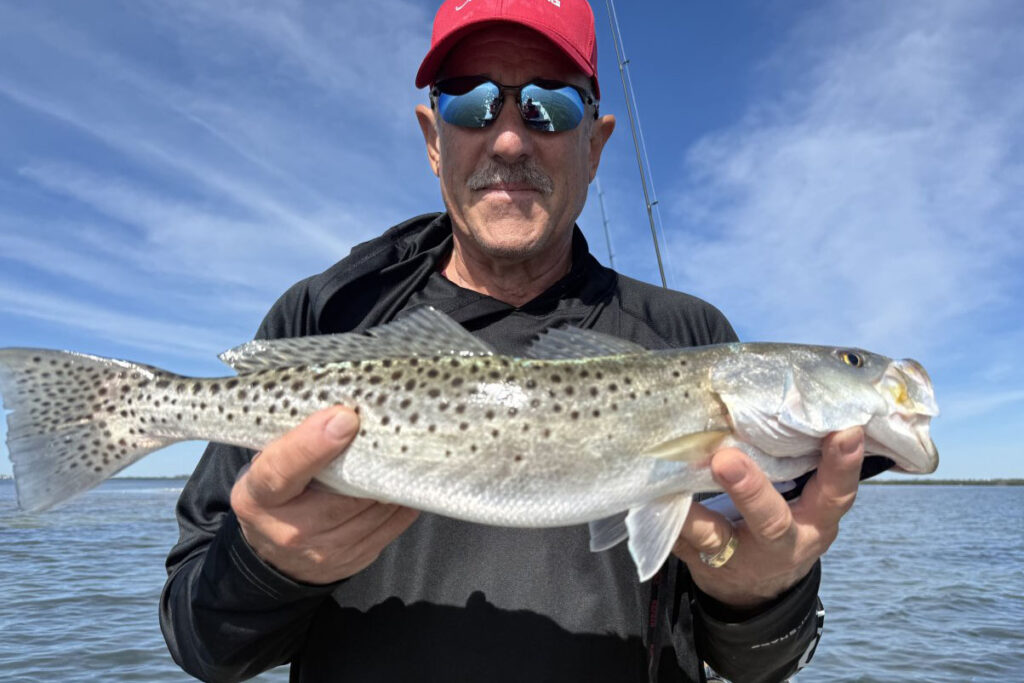
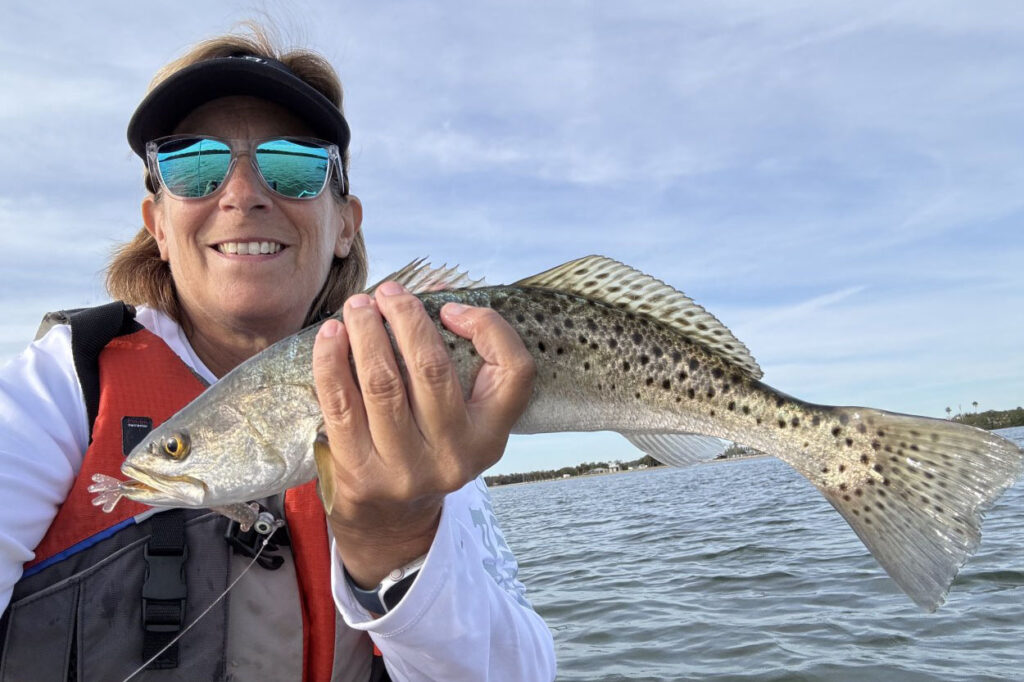
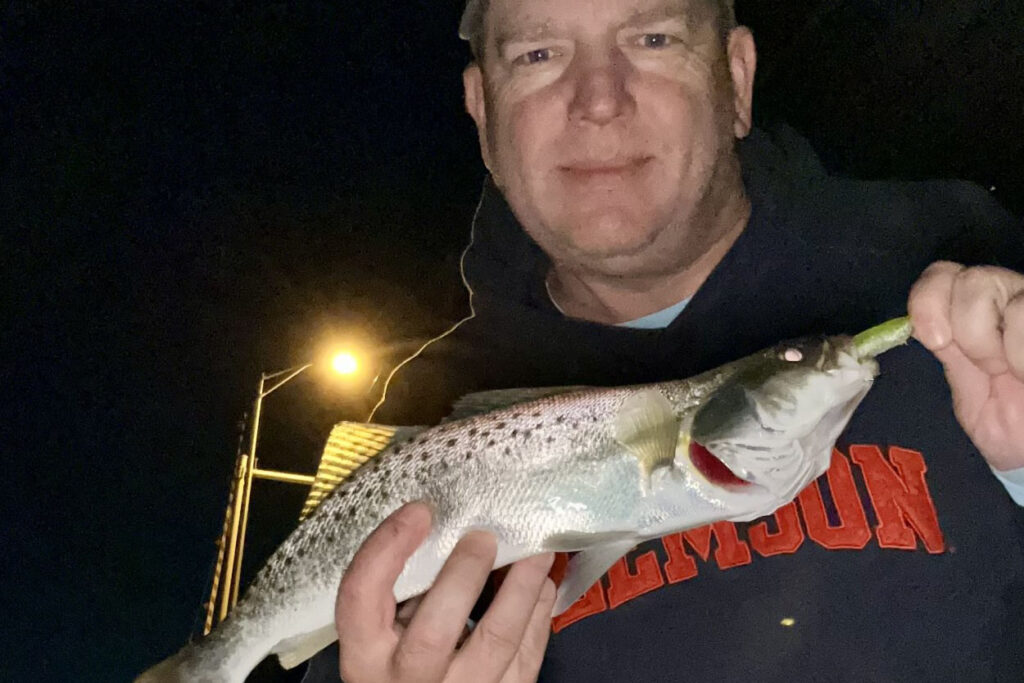
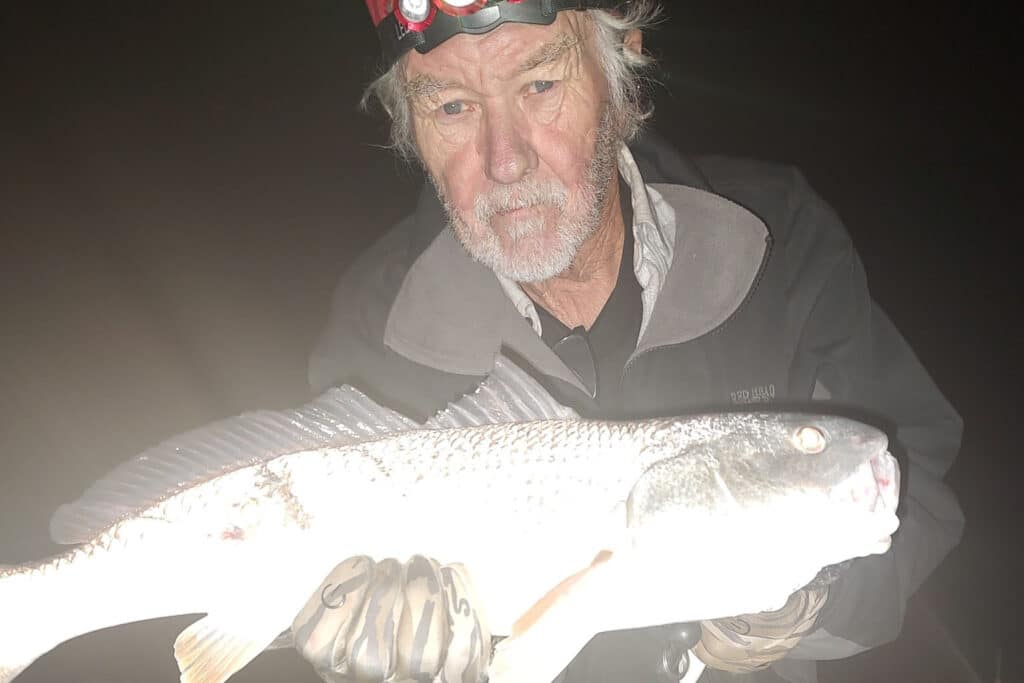
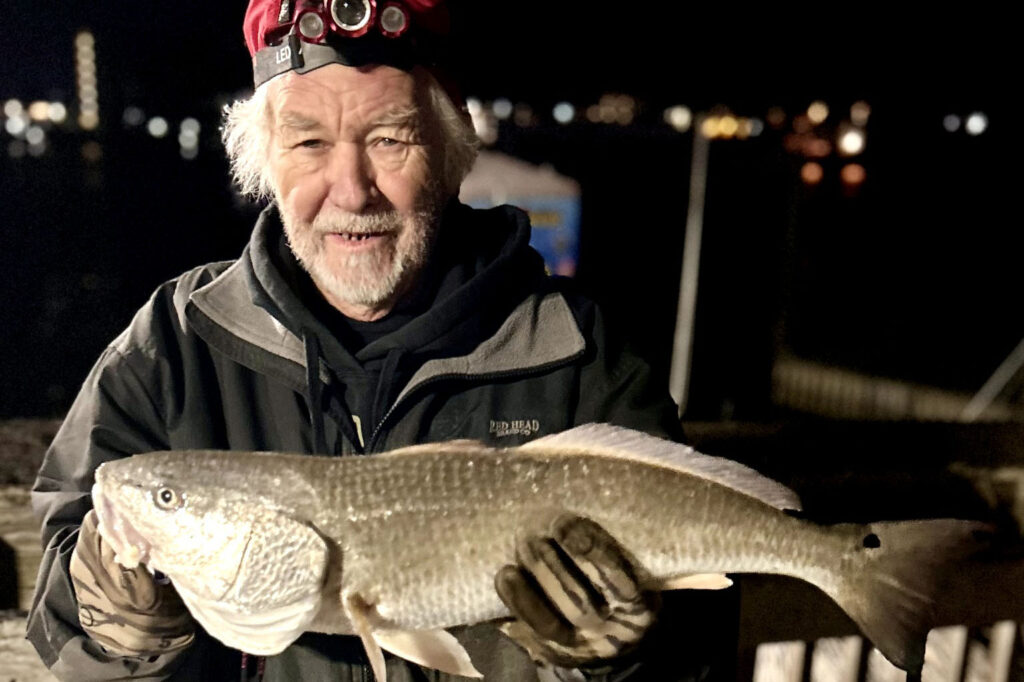
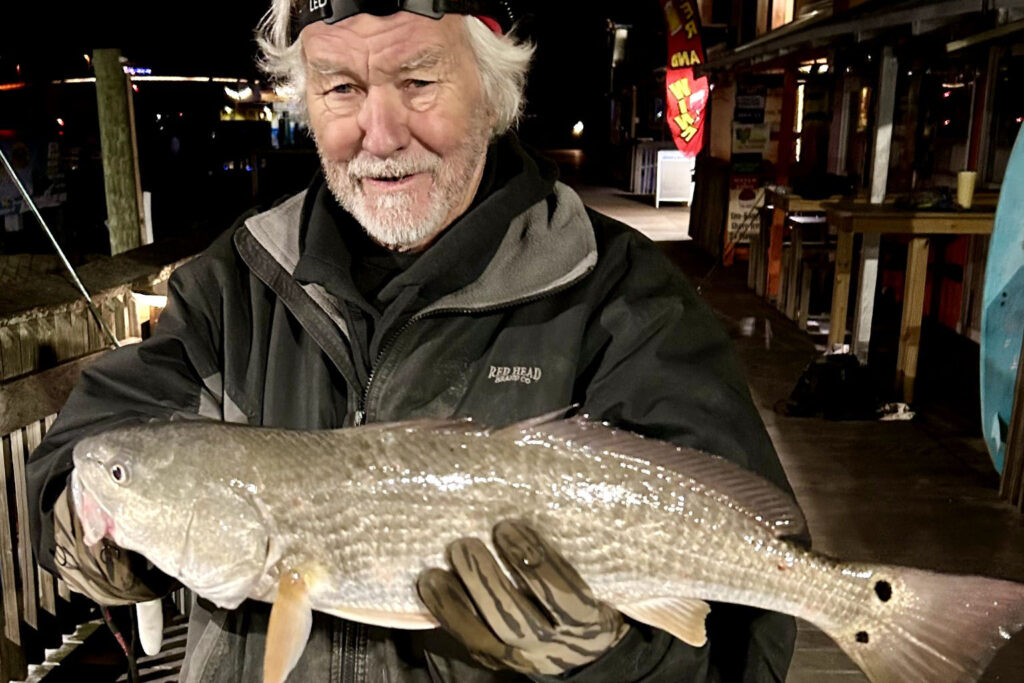
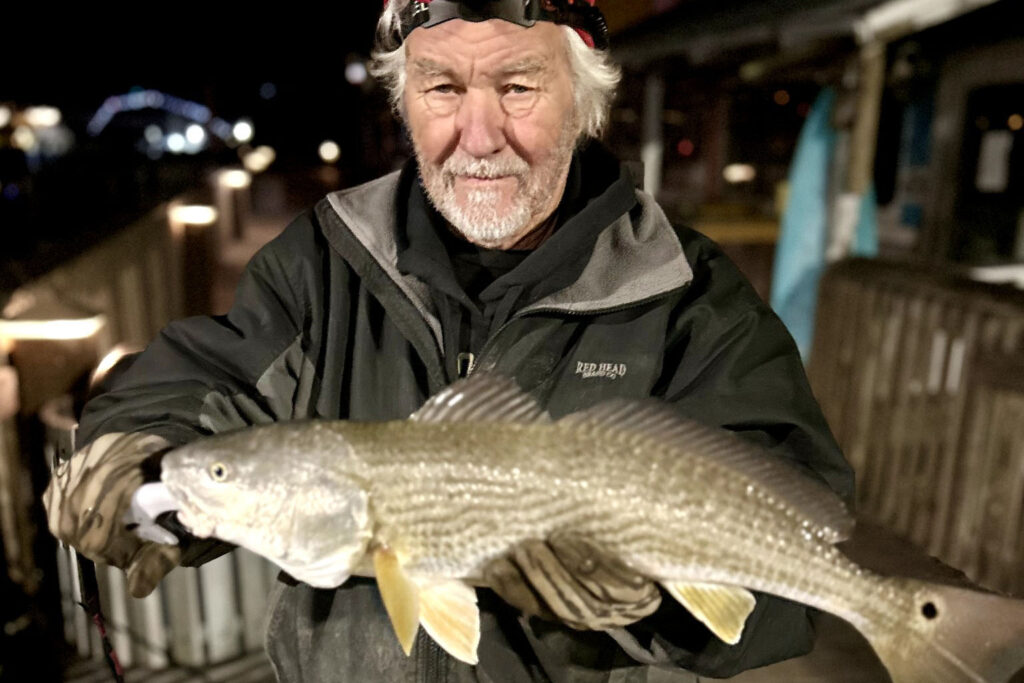
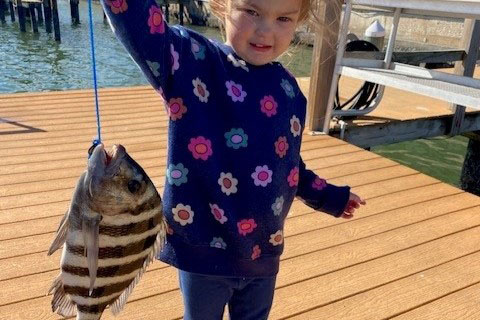
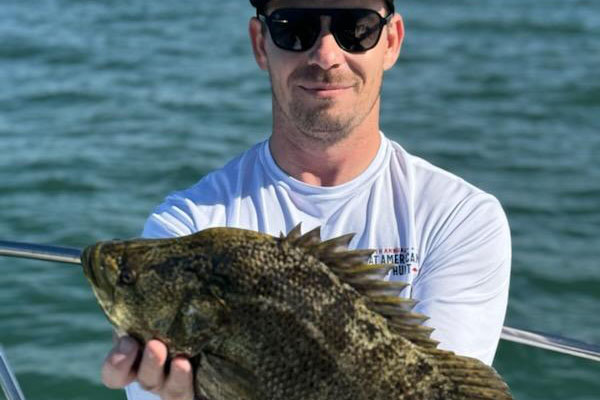
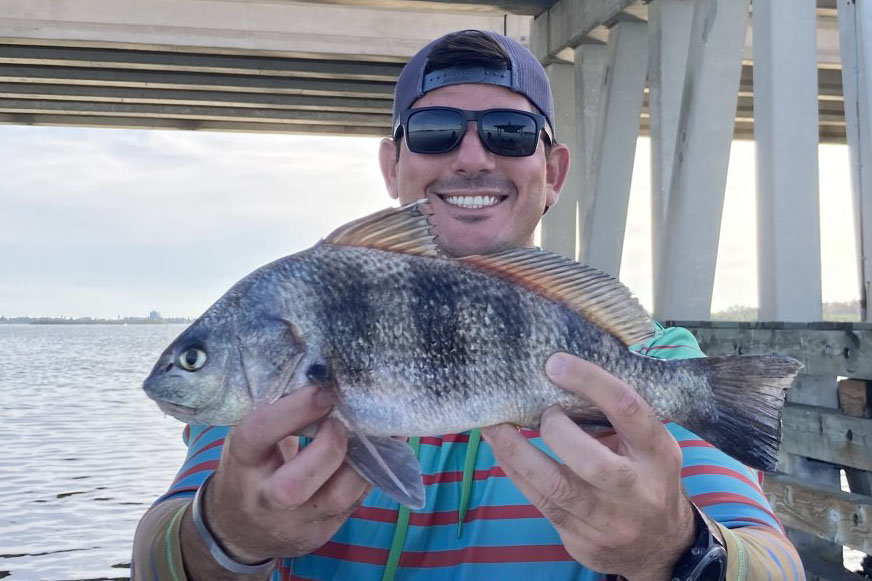
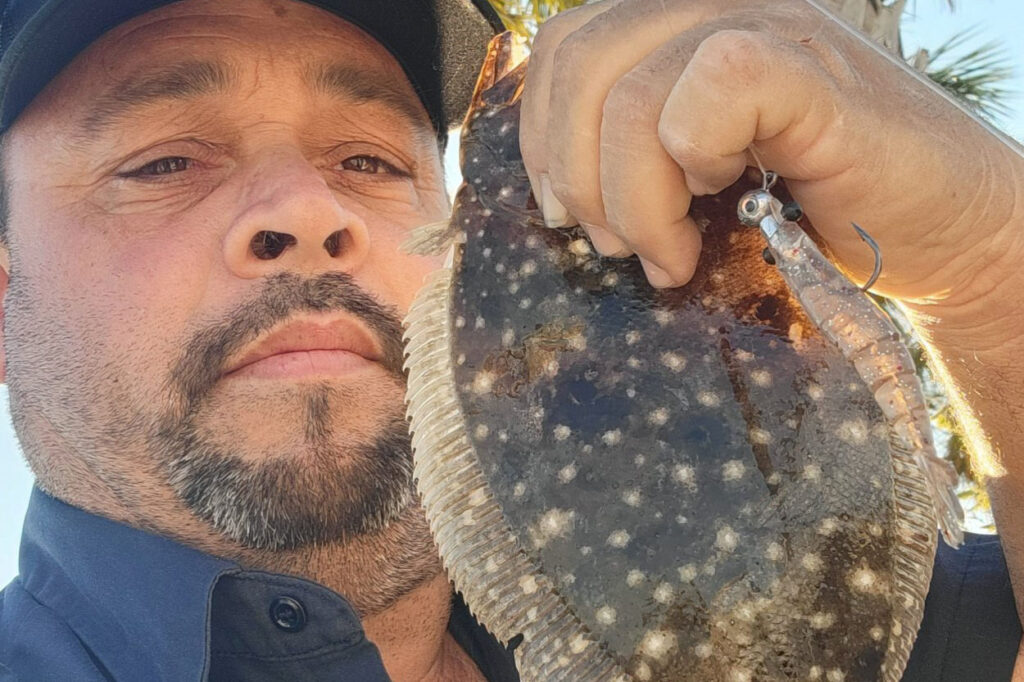
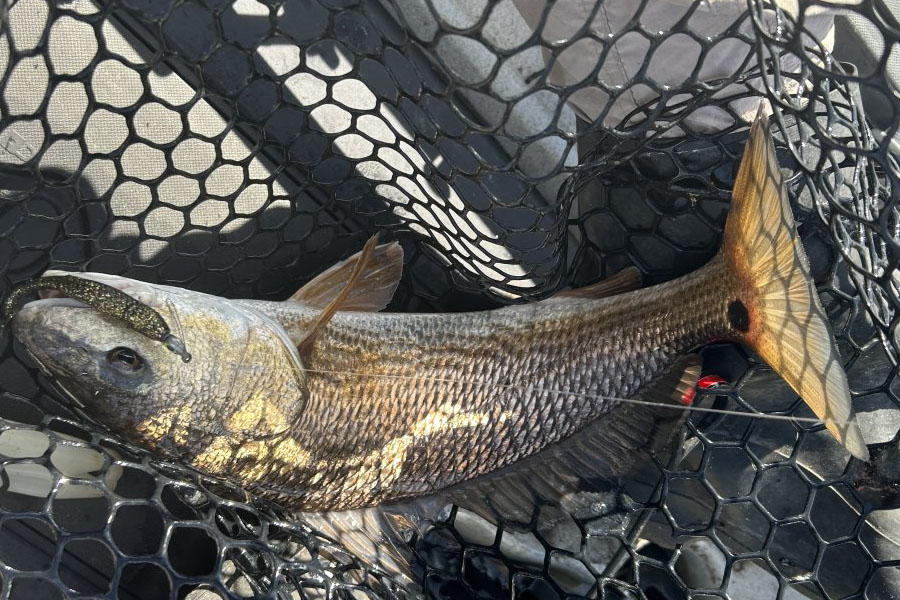
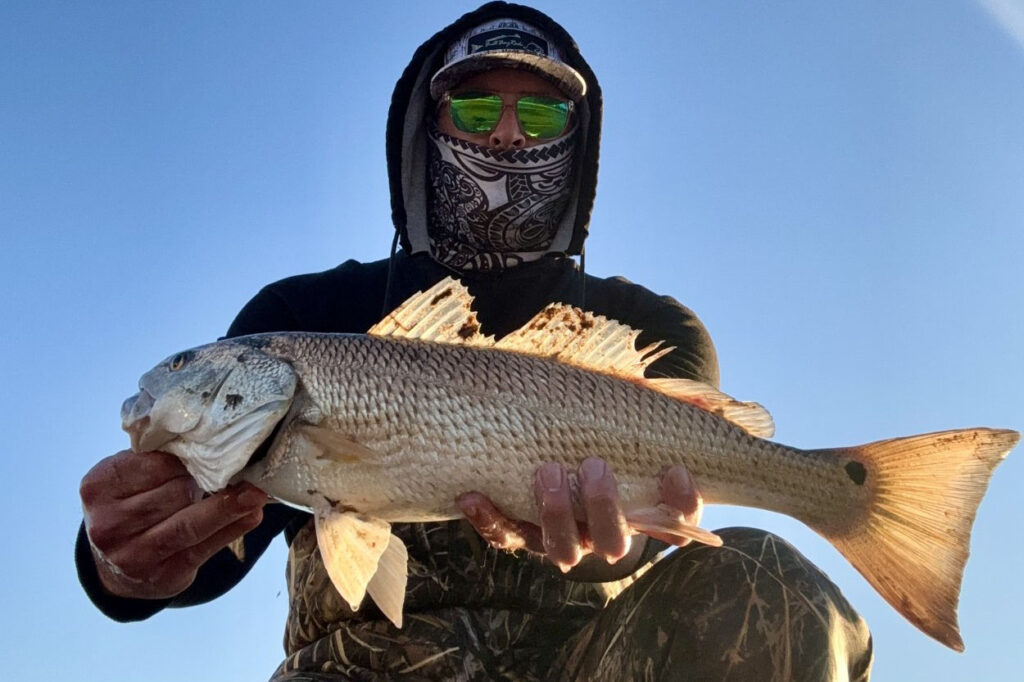
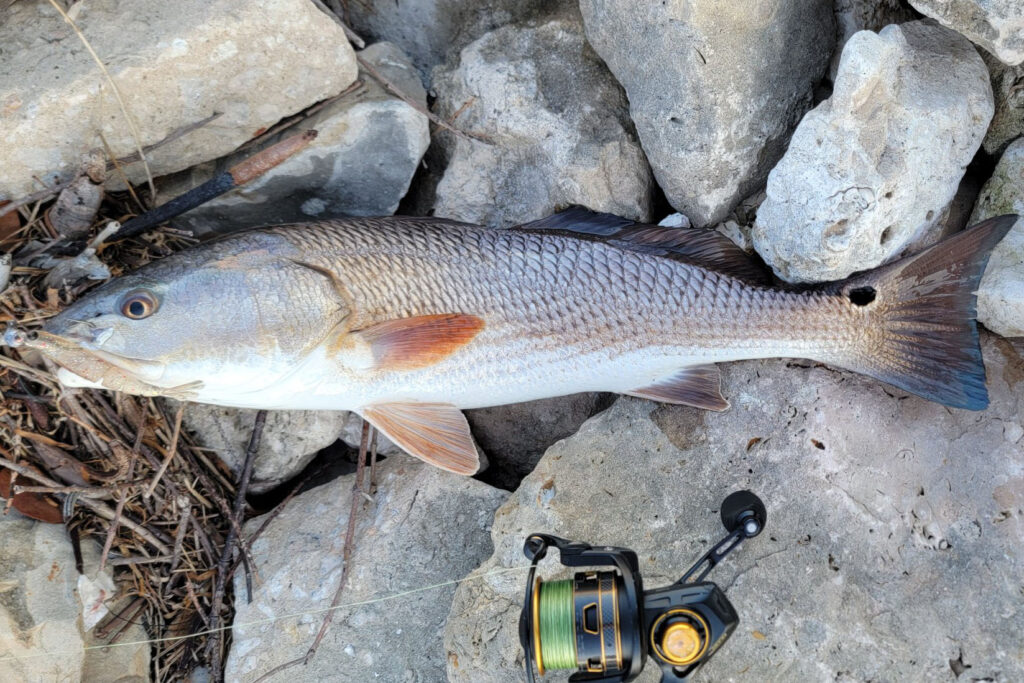
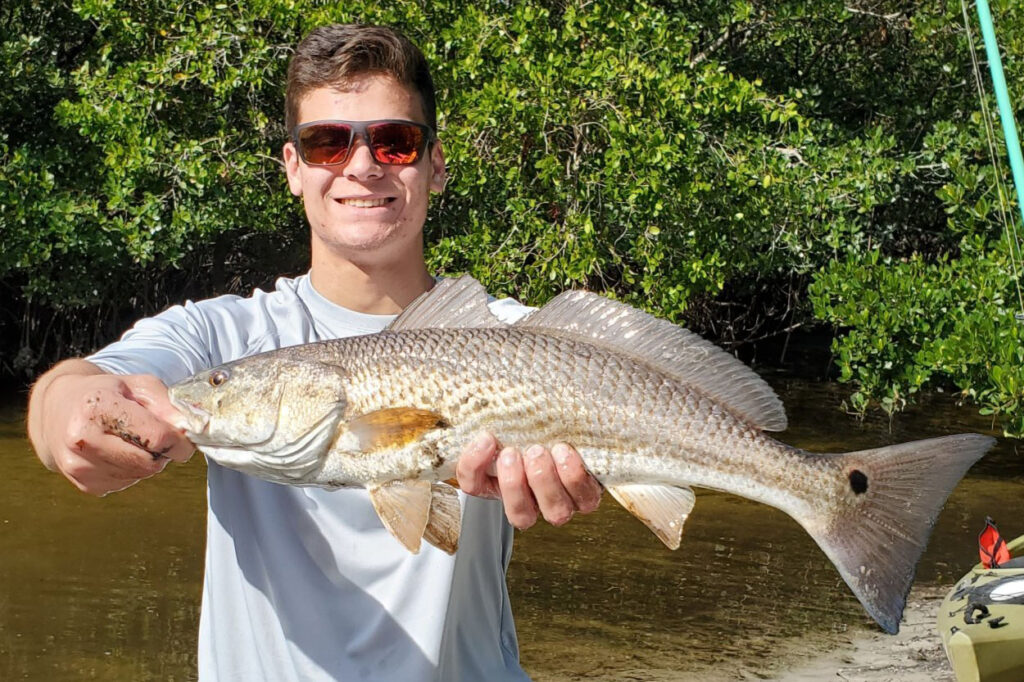
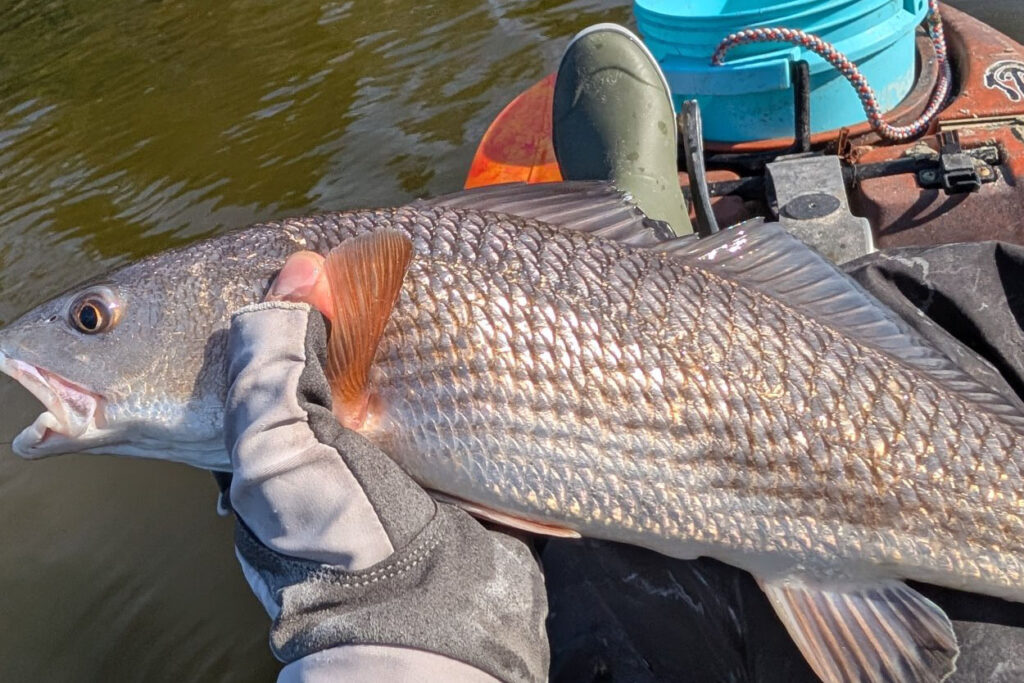
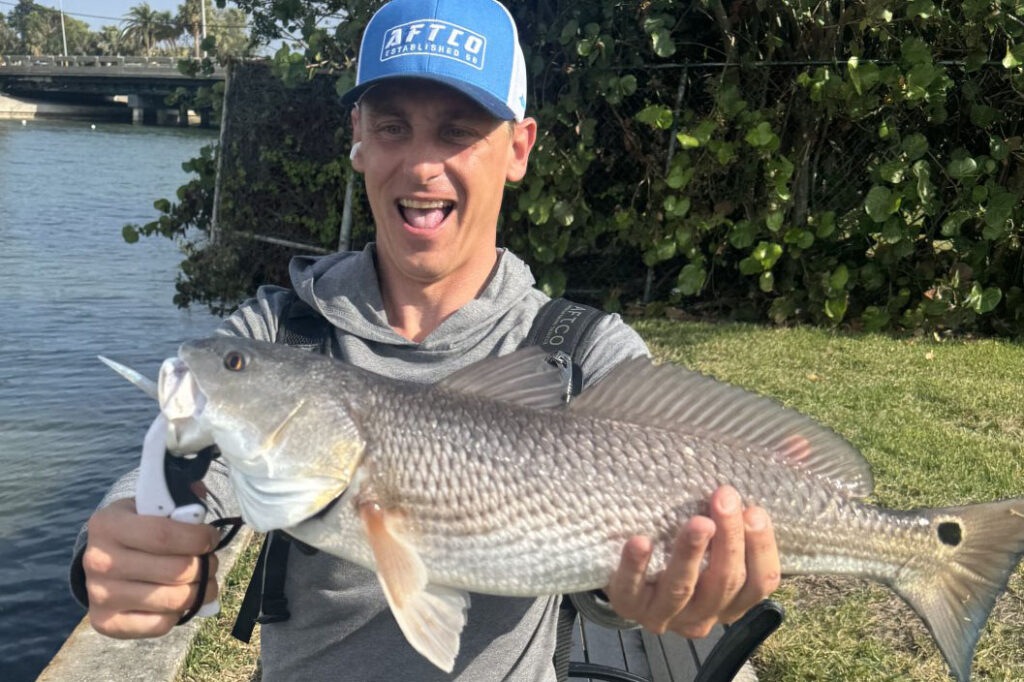
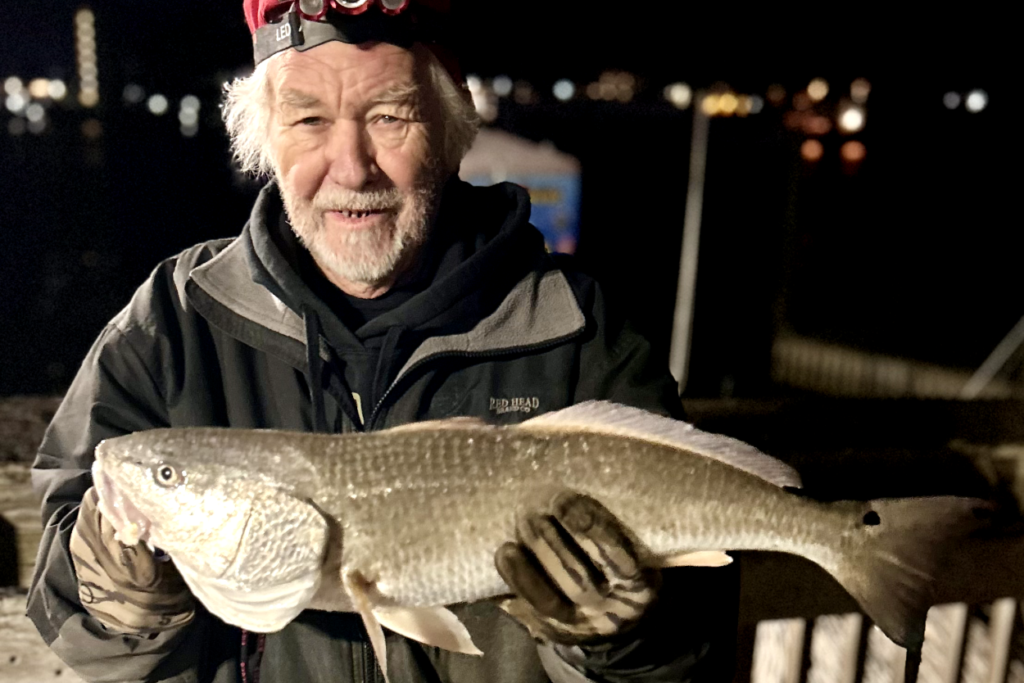
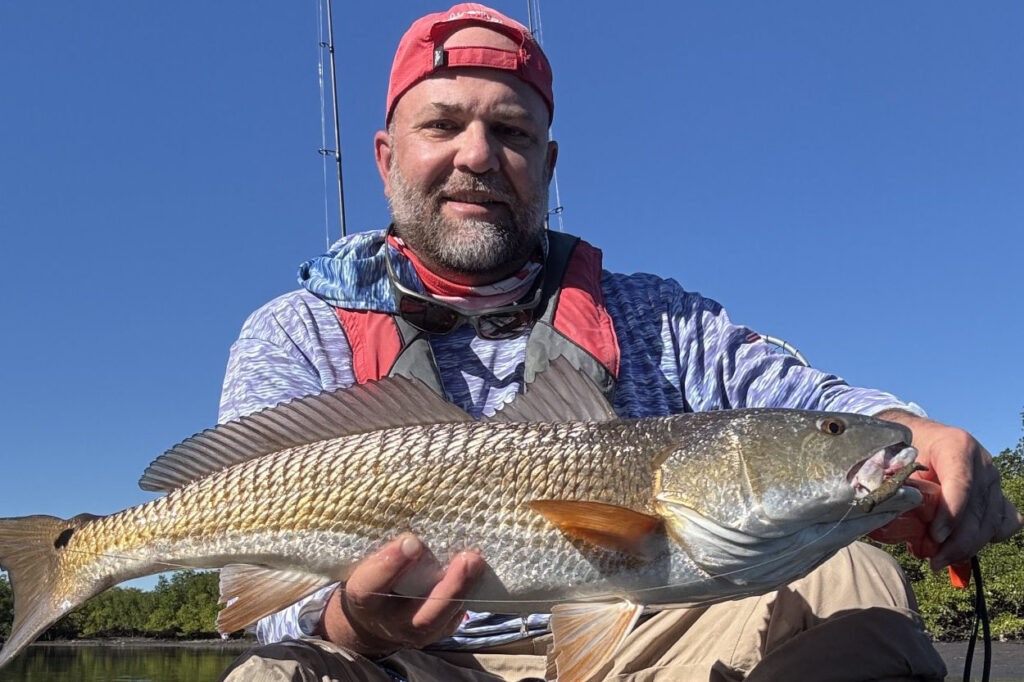
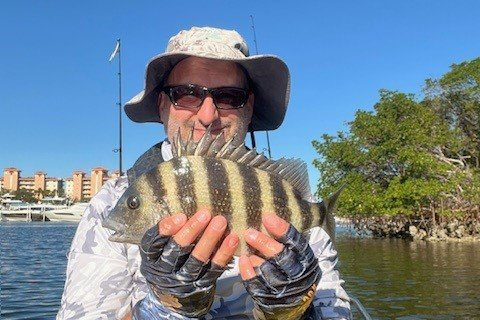
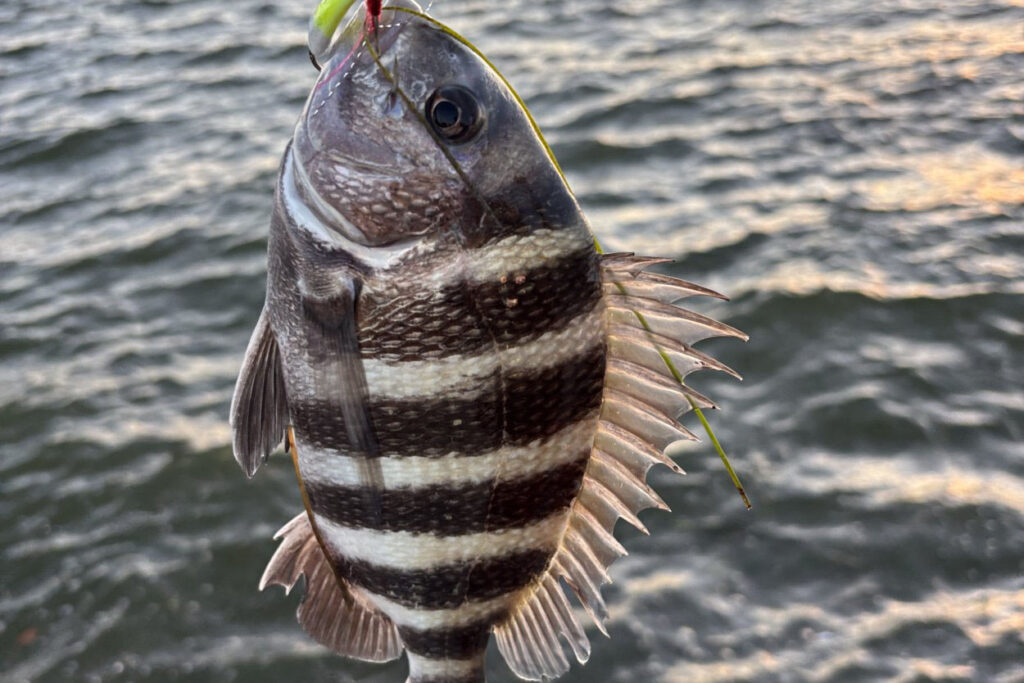
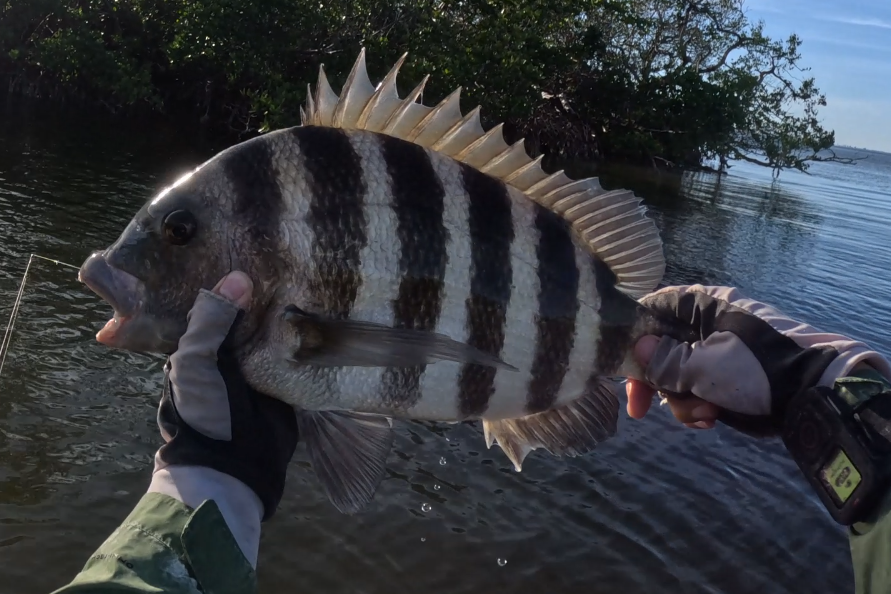
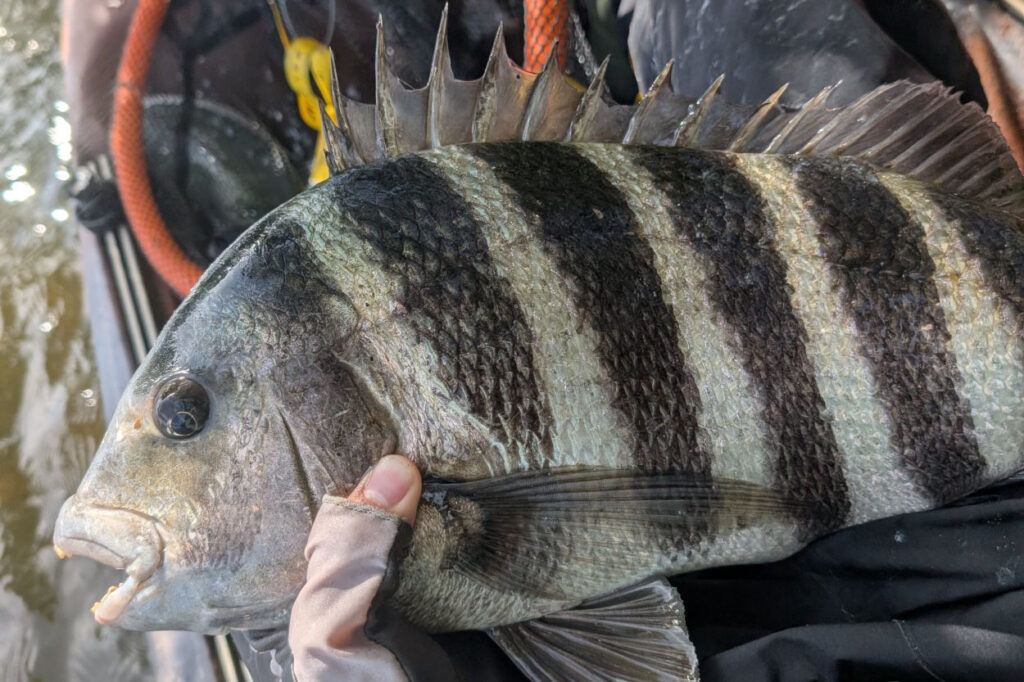
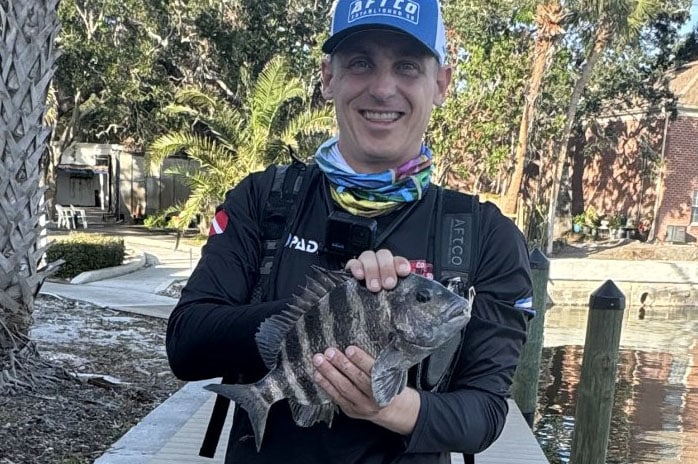
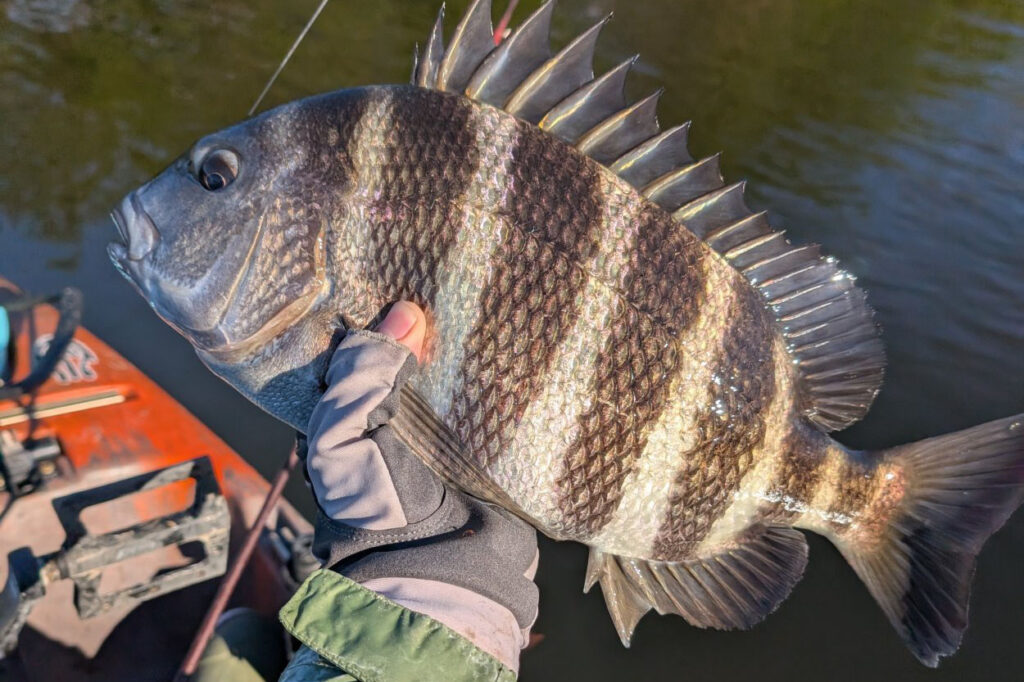
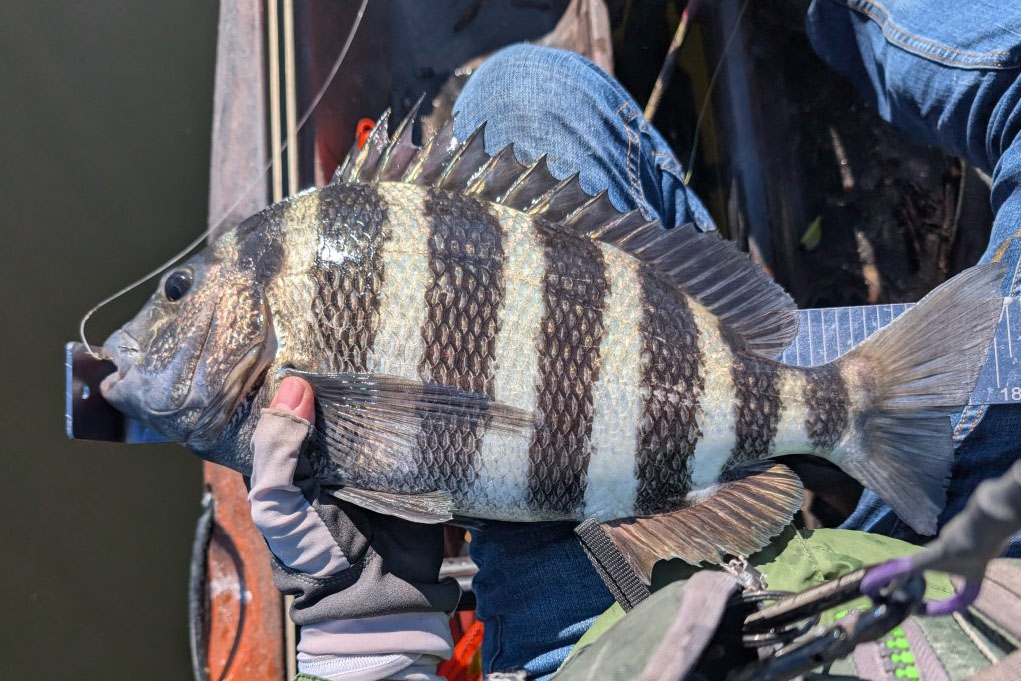
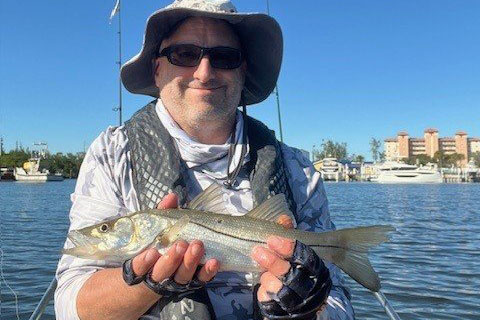
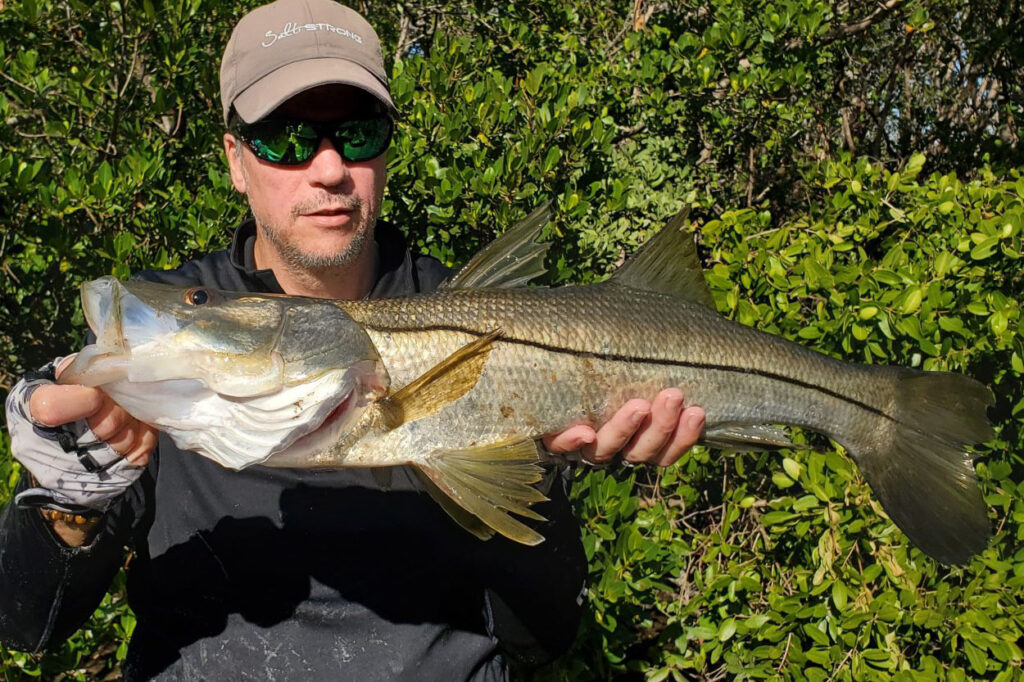
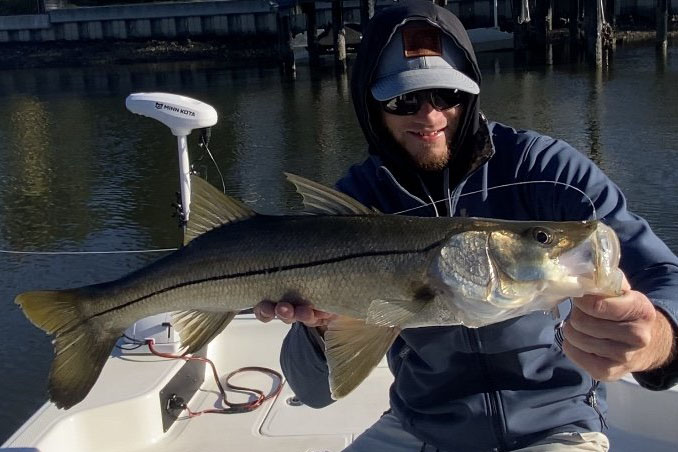
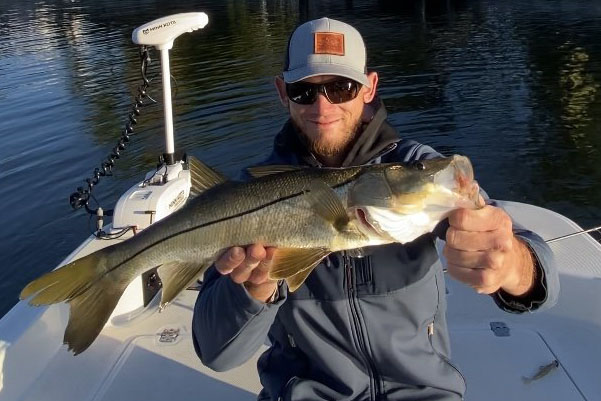
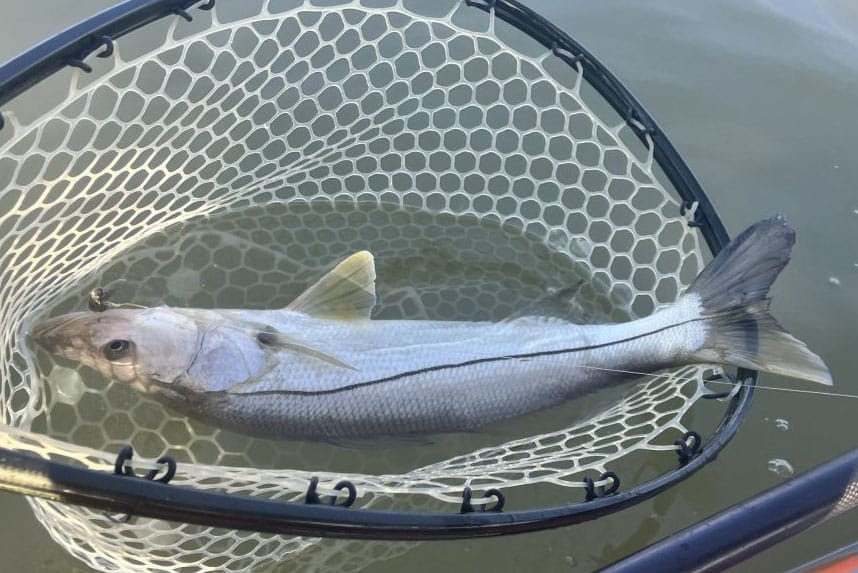
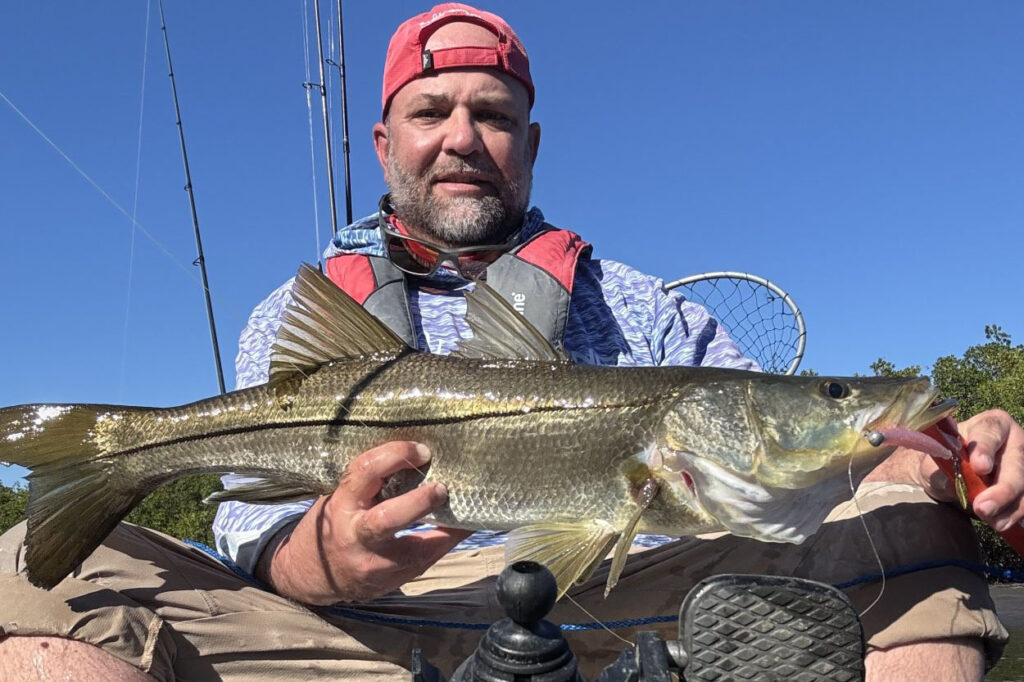
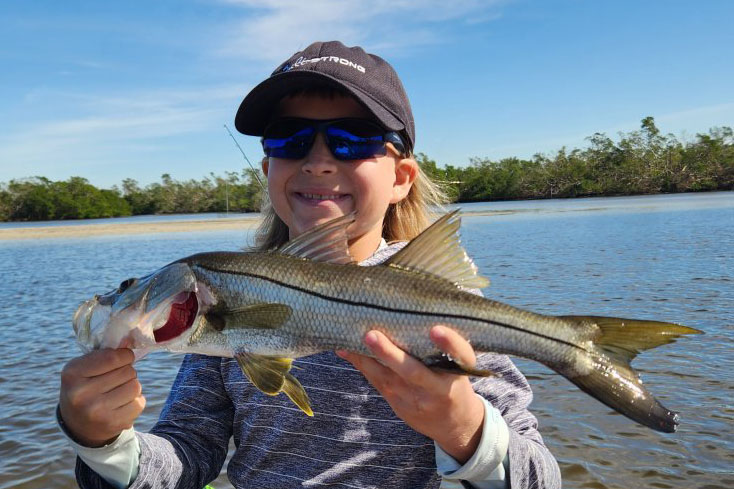
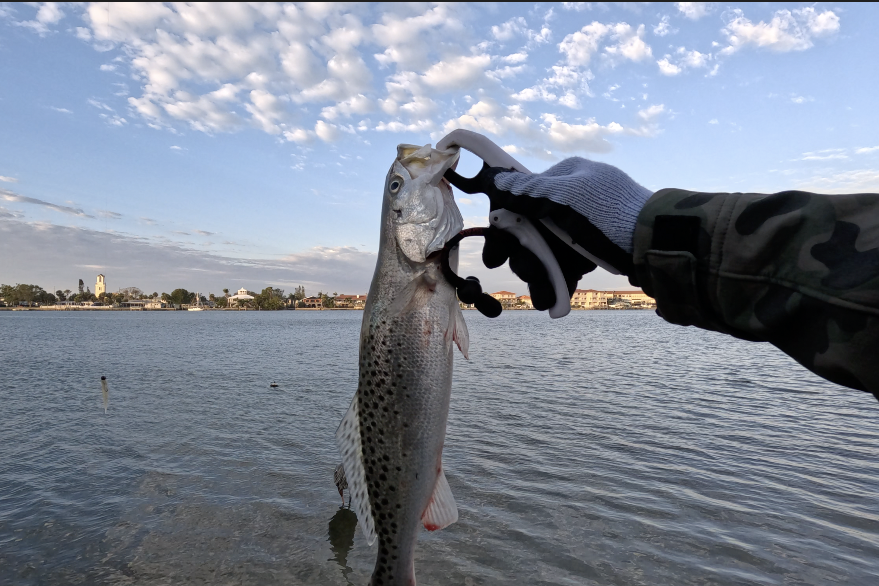
The inshore action has been buzzing with activity as cooler water temperatures draw fish into predictable feeding patterns. The Sheepshead, Redfish and Trout are the three most cold tolerant species and most active inshore lately.
Sheepshead are schooling up around docks, piers, bridges, and other structures. These striped bandits are feeding aggressively on barnacle-encrusted pilings and other shellfish sources. Use small pieces of shrimp, clams, or fiddler crabs on lighter tackle with minimal weight for the best results.
Redfish are thick throughout the area, from the flats and oyster bars to dock lines and the bridges. Live shrimp or cut bait are top natural bait options, but soft plastic paddletails on jigheads are great options too. Look for birds, mullet, or bait activity to zero in on prime redfish zones.
Trout are biting well, particularly around the mangroves, flats, and oyster bars during the day. At night, bridge and dock lights are hotspots for these speckled predators. Freelined live shrimp or soft plastics worked slowly near ambush points are great techniques to hook into these cold-weather trophies.
Snook remain challenging but can be found in the back bay and upper bay areas, particularly in wind-protected, sun-warmed shallows. Target them during solunar major and minor feeding windows with live baits or slow-moving artificial lures.
Whiting are a fun, family-friendly target along the beaches and sandy areas. Small shrimp pieces on light tackle are all you need to land a bucketful of these tasty fish.
Fishing Tips
- Snook: Use live baits like greenbacks, threadfins, and shrimp, or try flair hawks and soft plastics at night.
- Redfish: Look for them around mangroves, oyster bars, and flats, and use dead baits during higher tides.
- Trout: Target them with soft plastics, white bait, and shrimp around deeper flats and potholes.
- Tarpon: Target them during the full moon with crab flushes, making it an ideal time to target them.
- Flounder: Find them near sandy bottoms and structures, biting on bottom baits.
- Pompano: Be prepared to move frequently to stay on their bite.
- Sharks: Use big dead baits in areas with moving water.
NEarshore Fishing Report
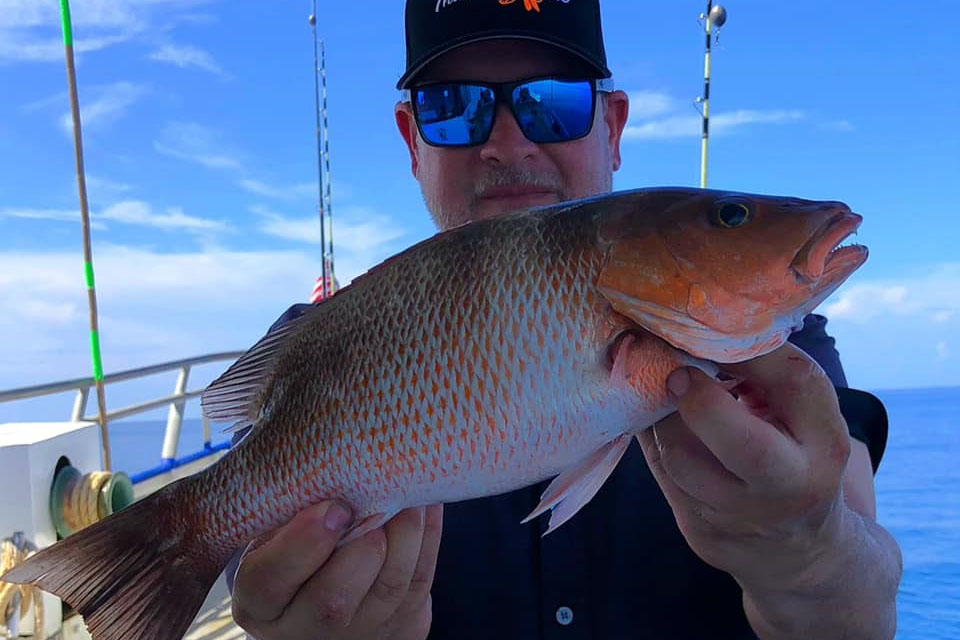
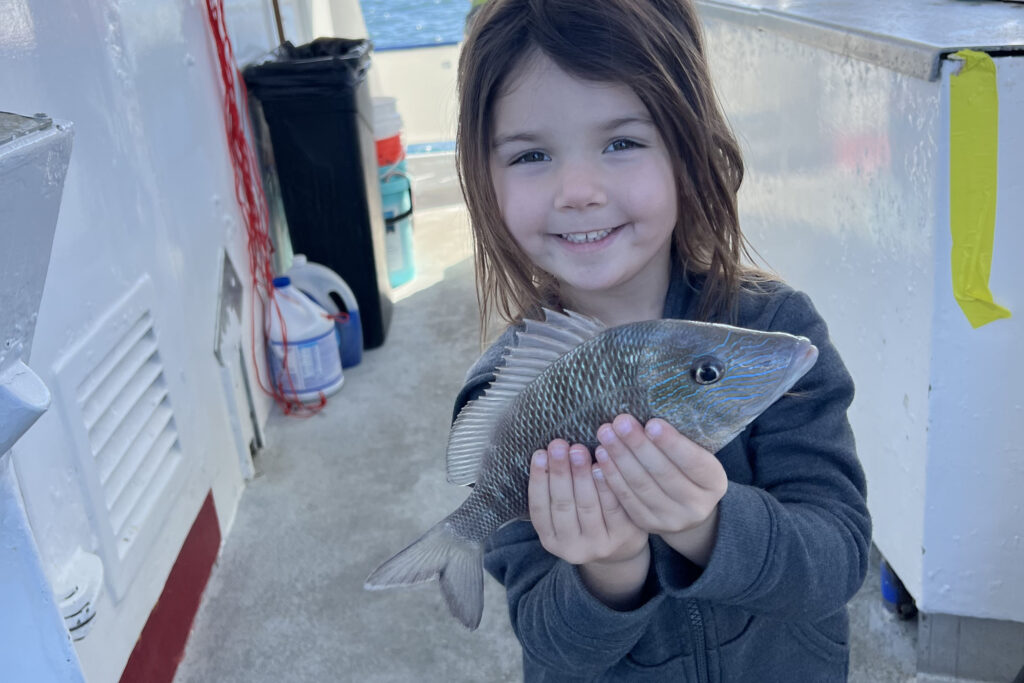
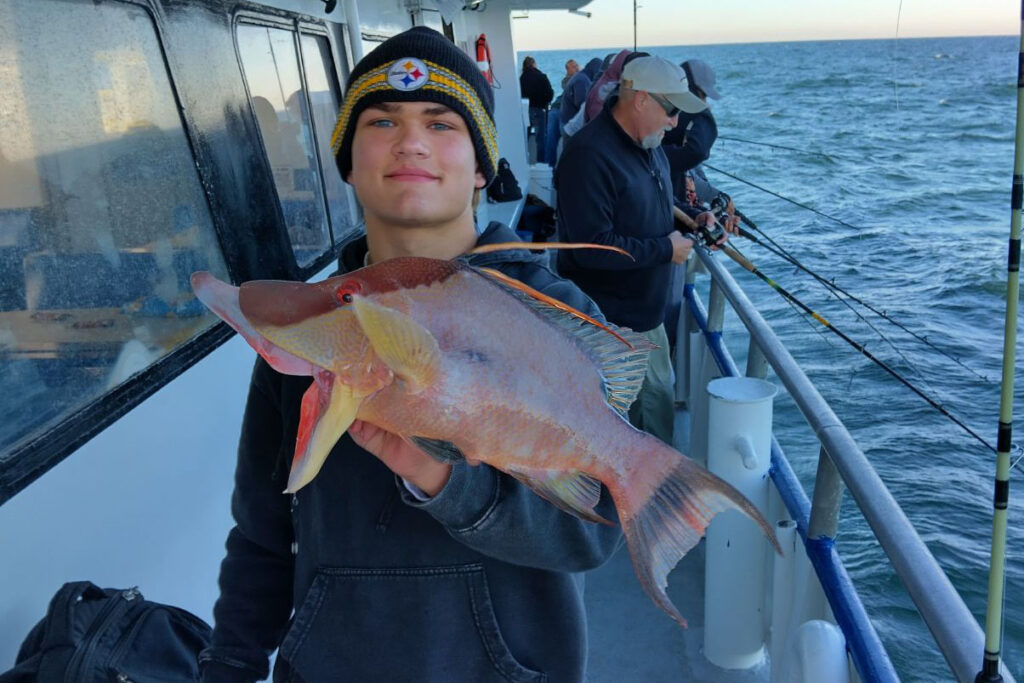
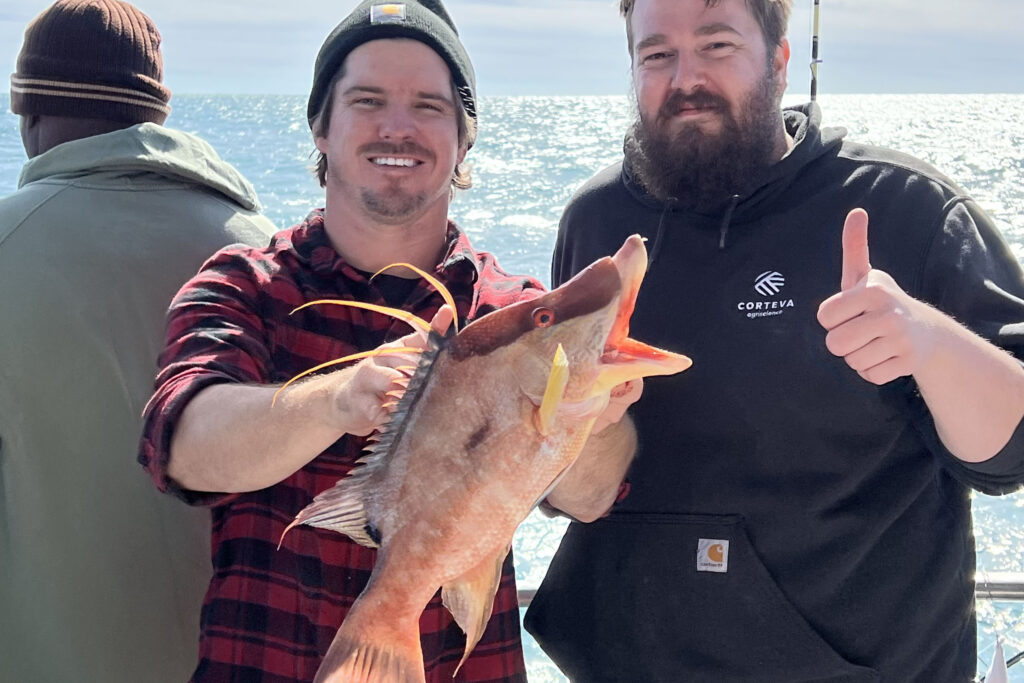
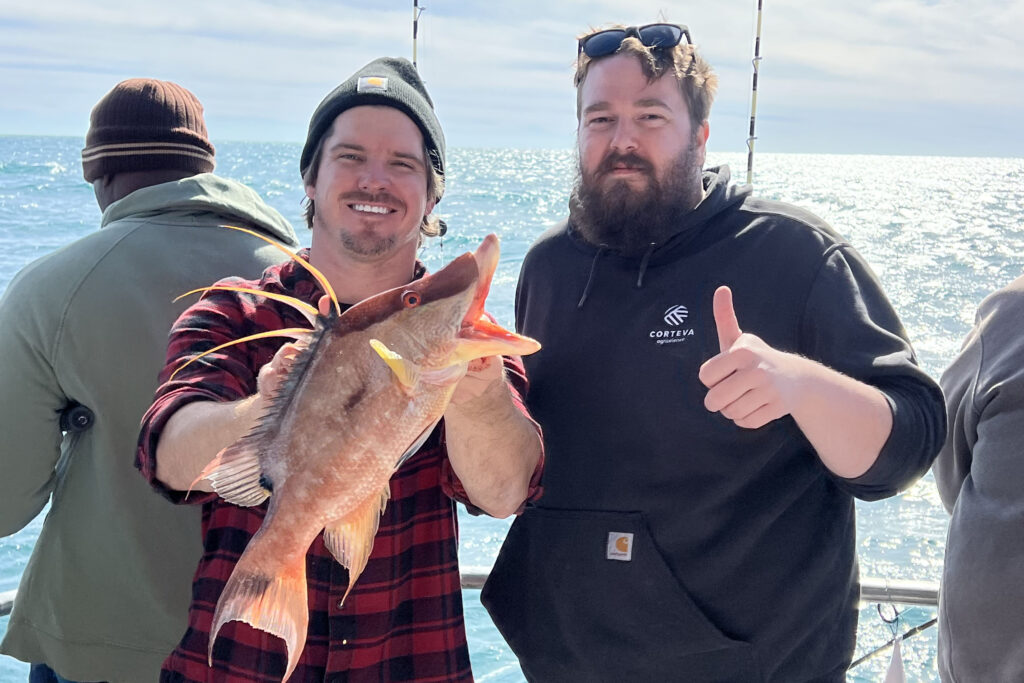
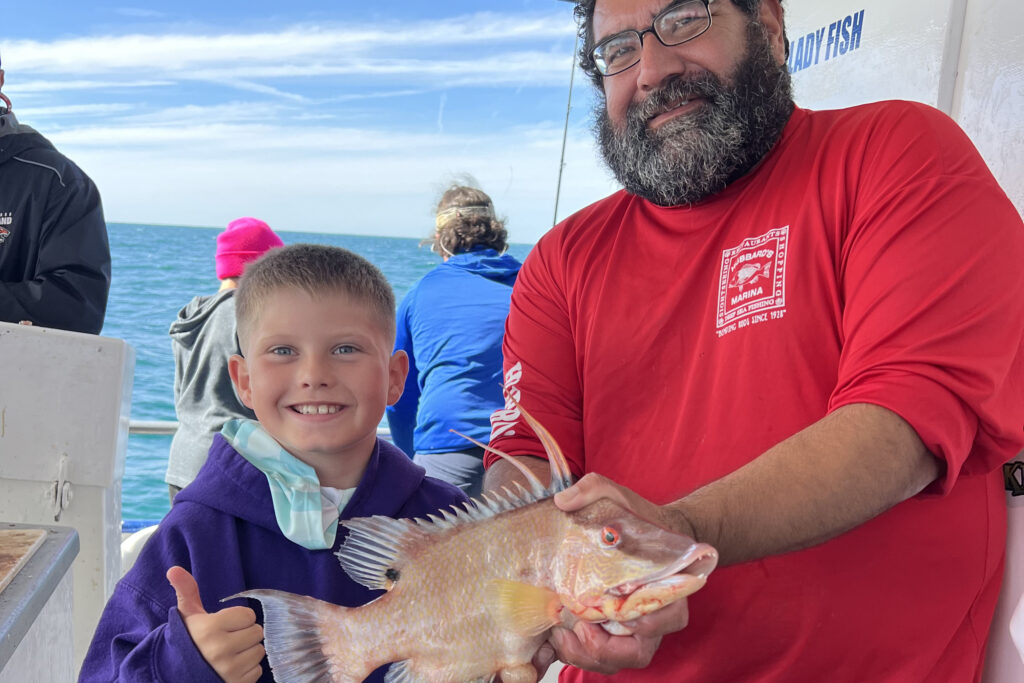
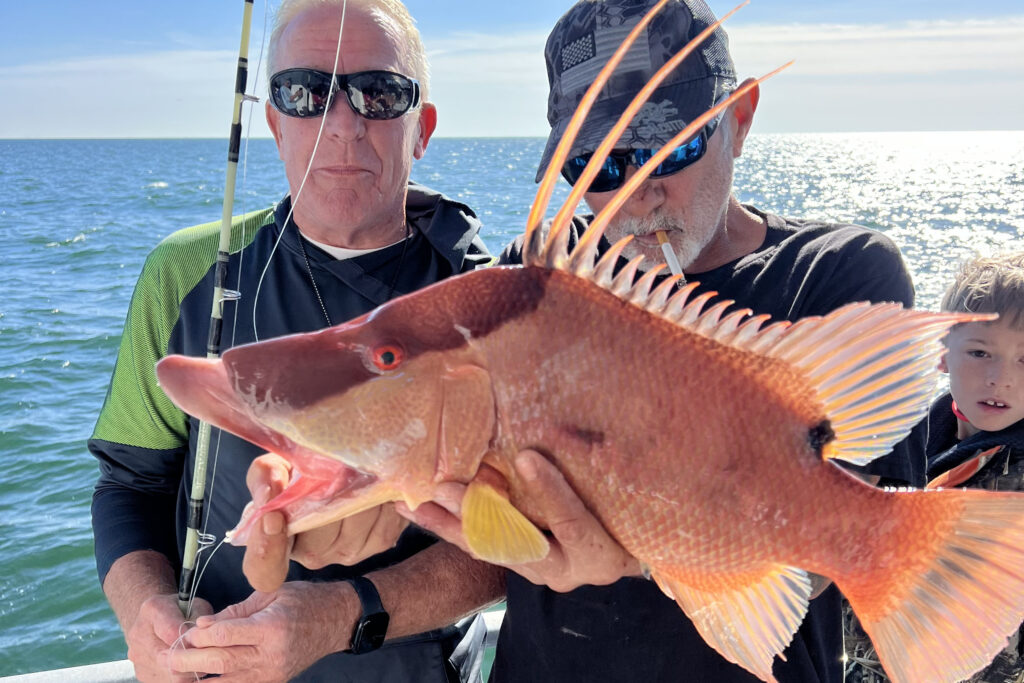
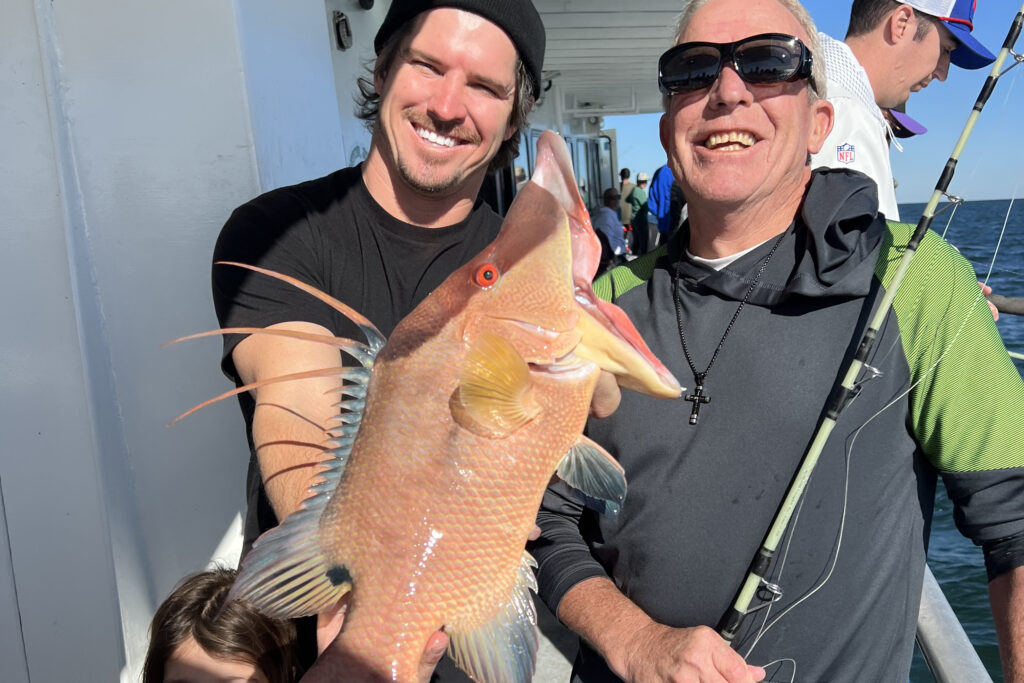
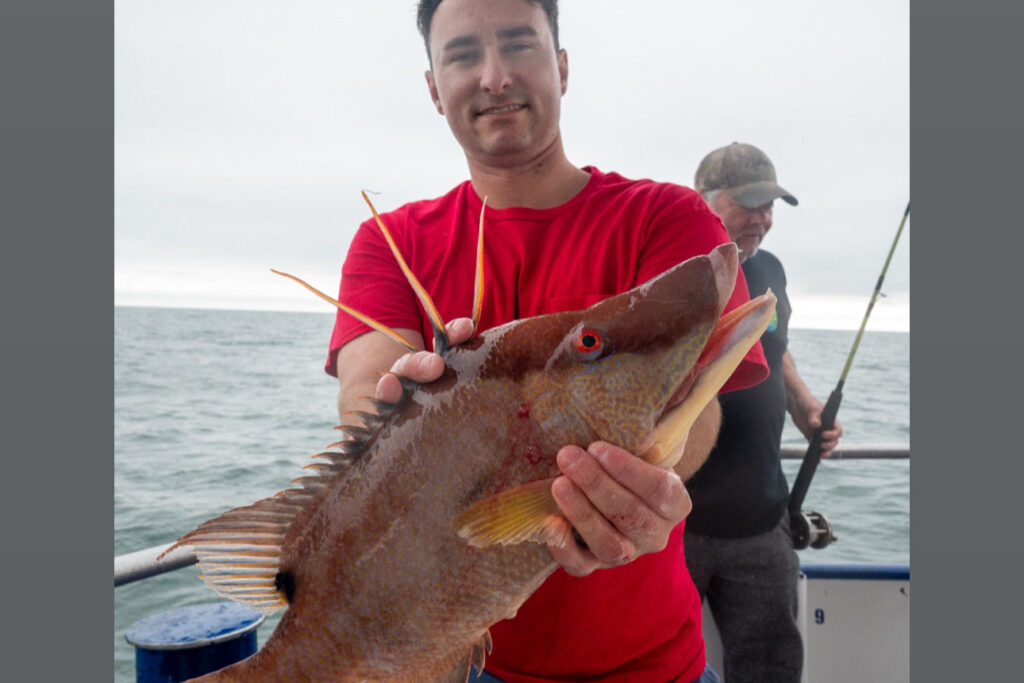
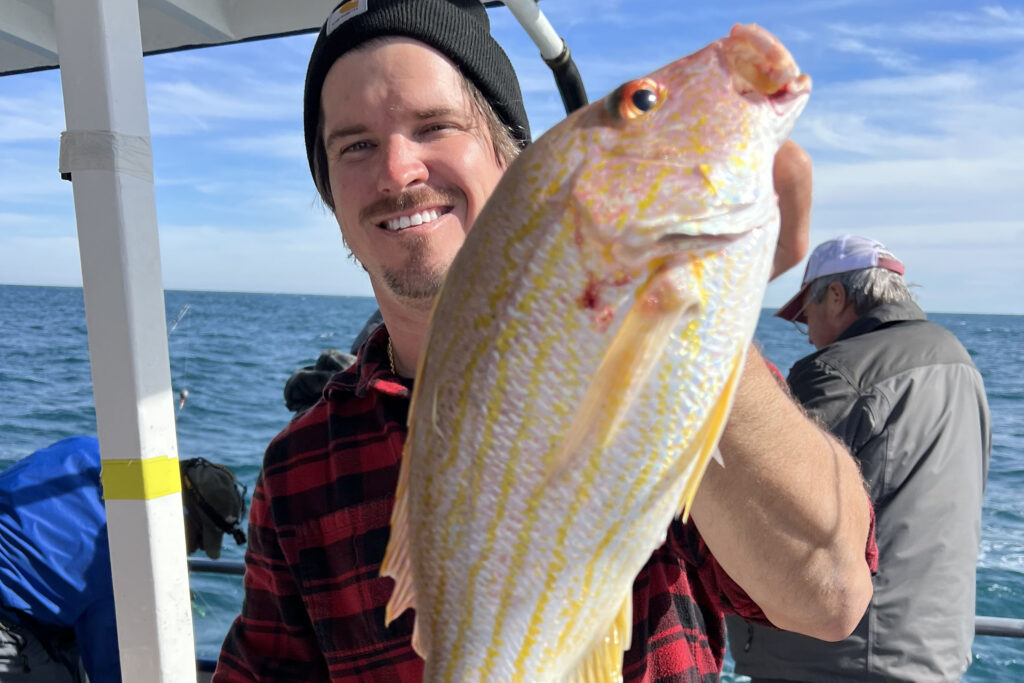
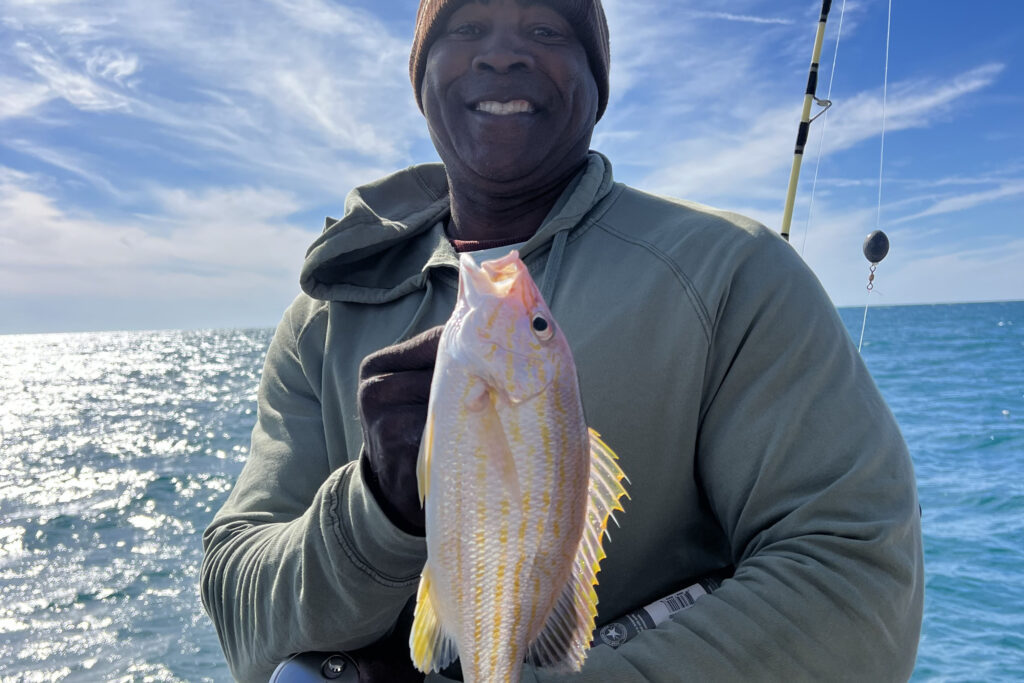
The nearshore action has been fantastic, with a variety of species providing steady action for anglers.
Hogfish continue to be the main focus nearshore. Light tackle with live shrimp, minimal weight, and a 3-4/0 hook is the ticket to success. We’re seeing consistent catches on our ten-hour all-day trips, with a few also coming in on the five-hour half days.
Lane Snapper are back open and biting aggressively. Squid, shrimp, and small cut threadfins are great bait options, and these colorful snapper are showing up in excellent numbers.
Mangrove Snapper are hit-or-miss nearshore but can be found while targeting other species like hogfish. Small live shrimp or cut threadfin chunks on lighter rigs are your best bet for hooking into these savvy fighters.
Red Grouper are back open and being caught in deeper nearshore waters. Larger live baits or hefty dead baits like squid strips or whole threadfins are producing. Use 50-60lb leaders and 6/0 hooks for optimal results.
Help spread the word about what to do if you hook or entangle a bird. Never cut the line; instead, reel in the bird carefully to dehook and release it. If you accidentally hook a dock, break the line at the hook to avoid leaving any line in the water. Seabirds with fishing lines hanging from them are becoming more common, and this could lead to the closure of fishing areas.
Rising concerns about bird entanglements might result in closing fishing spots, impacting the few available locations around Tampa Bay from shorelines, docks, bridges, or piers. Learn more in our recent podcast with Salt Strong: https://www.saltstrong.com/articles/shutting-down-fishing-at-busy-pier/.
Fishing Tips
- Red Grouper: Target the deepest near shore waters with big dead baits or solid live baits. Use 60 lb test and 7/0 hooks for best results.
- Red Snapper: Use big dead baits like whole squid and bonita strips with heavy tackle to focus on larger fish. Prime trips include the 12-hour extreme, 39-hour, and 44-hour trips.
- Scamp Grouper: Use small to medium pinfish and cut threadfin, especially while targeting mangrove snapper.
- Mangrove Snapper: Near shore, use live shrimp and small chunks of threadfin on 30-40 lb test with 3-4/0 hooks. Offshore, use bigger chunks of cut threadfin or medium pinfish on 40-60 lb test with 5-7/0 hooks.
- Vermillion Snapper: Start around 100 feet of water using cut squid or threadfin. These fish are aggressive and not leader-shy.
- Yellowtail Snapper: Use shrimp, cut squid, and threadfin.
- Pelagic Species: Keep flat lines and pitch rods ready for sailfish, kingfish, wahoo, tuna, and mahi mahi.
Offshore Fishing Report
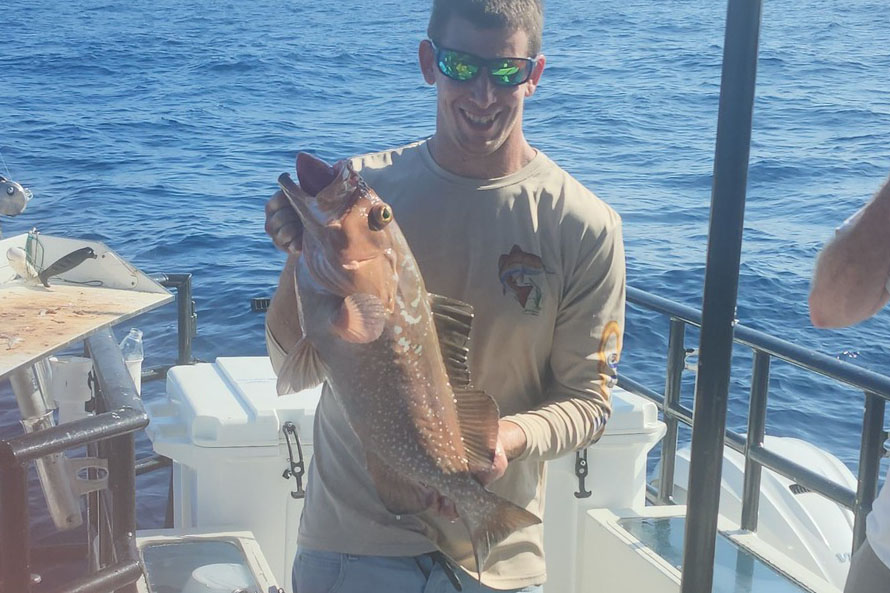
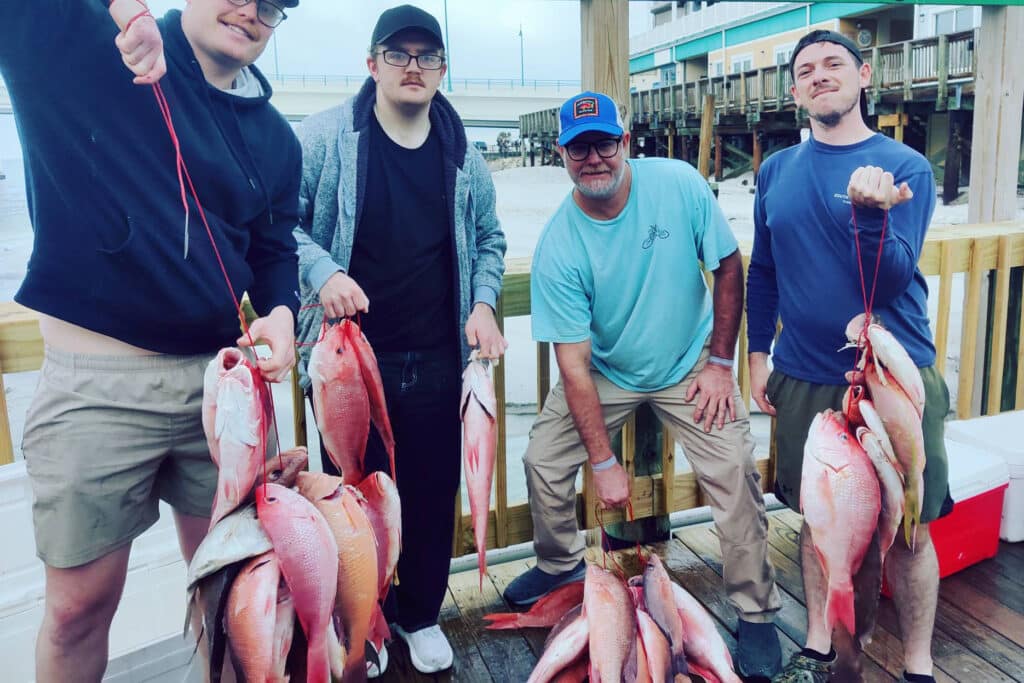
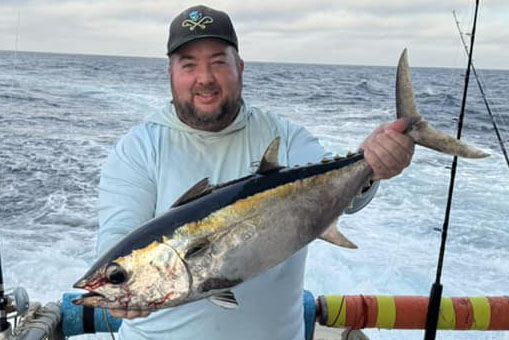
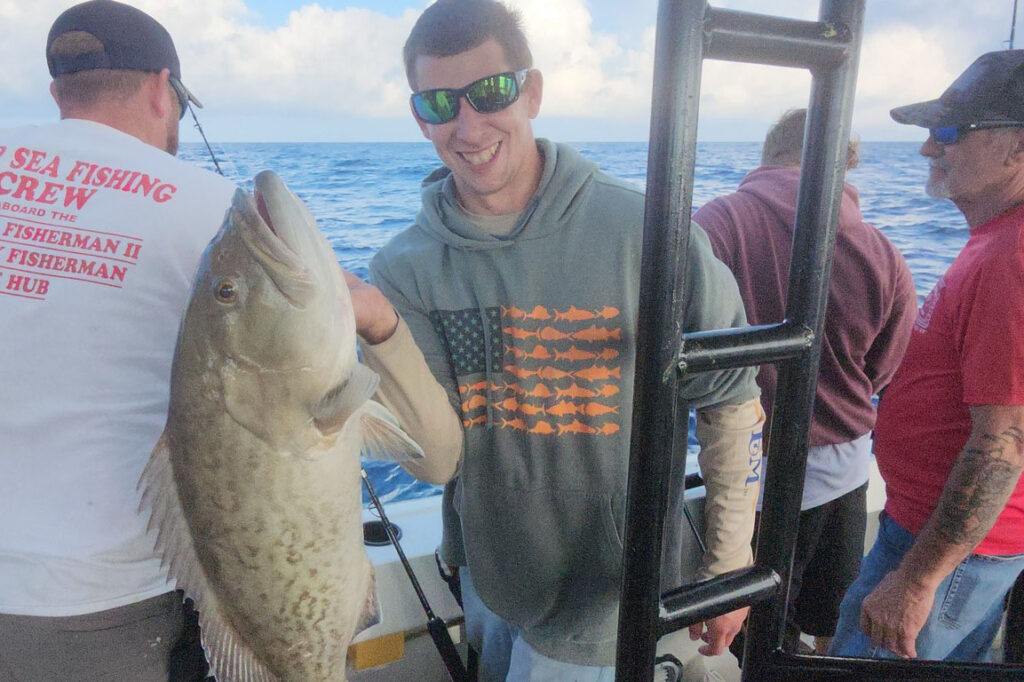
The offshore fishing scene remains red-hot, with a mix of bottom-dwelling and pelagic species keeping anglers busy.
Red Grouper are the highlight offshore, with consistent catches reported. Big live baits like pinfish or large cut baits like bonita strips are working well. Target these fish in deeper waters using heavy leaders (60-80lb test) and 7-10 ot hooks.
Mangrove Snapper are abundant and hitting cut threadfins on double snell rigs. For larger specimens, try small live pinfish.
Yellowtail Snapper are prolific, and we’re catching them on small strips of squid or cut threadfins. These colorful fish are a blast to catch and make for excellent table fare.
Mutton Snapper have been a pleasant surprise, with consistent catches on larger dead baits like threadfins or live bait rigs. These hard-fighting snapper are a real treat for offshore anglers.
Pelagics like blackfin tuna, kingfish, and the occasional wahoo are showing up offshore. Trolling lipped diving plugs or flat-lining live bait has been productive for these speedy predators.
Seasonal Openings:
Red grouper are open Jan 1st and should remain open until end of may
Triggerfish are open all year EXCEPT Jan, Feb, June, & July
Amberjack are open September & October
Red snapper are open June 1st through august and perhaps even a bit longer!
Gags will open most of the month of September
**all other species are open all year**
Remember that when fishing in deeper nearshore and offshore federal waters, the Descend Act requires you to have a descending device or venting tool “rigged and ready.” If you know how to use a venting tool, keep it prepared. If not, here’s some helpful advice: https://bit.ly/3L5HTnv. Using a descending device is straightforward and doesn’t require as much precision or practice as venting. You can even get over $100 worth of descending device gear for free by taking a short course on barotrauma mitigation, which helps more fish survive. The course only takes about 10-15 minutes, and you can learn valuable techniques to protect our offshore fishery. Spread the word by visiting: https://returnemright.org/.
TERMS OF REFERENCE-
Inshore: This covers the areas from the inner bays, through the bridges, and right up to the beaches.
Near Shore: This includes the coastal waters from the beaches up to twenty miles offshore, or up to a depth of 100 feet.
Offshore: This extends from twenty miles offshore or from a depth of 100 feet and beyond.
For more fishing reports, photos, videos, and other content, check out Hubbard’s Marina on Facebook, Instagram, YouTube, TikTok, Twitter, Pinterest, or Snapchat by searching for @HubbardsMarina. Remember our family motto: “If you’re too busy to go fishing, you’re just too busy!” Thank you for reading our report.
Capt. Dylan Hubbard, Hubbard’s Marina
Phone or text: (727) 393-1947
Website: Hubbard’s Marina

